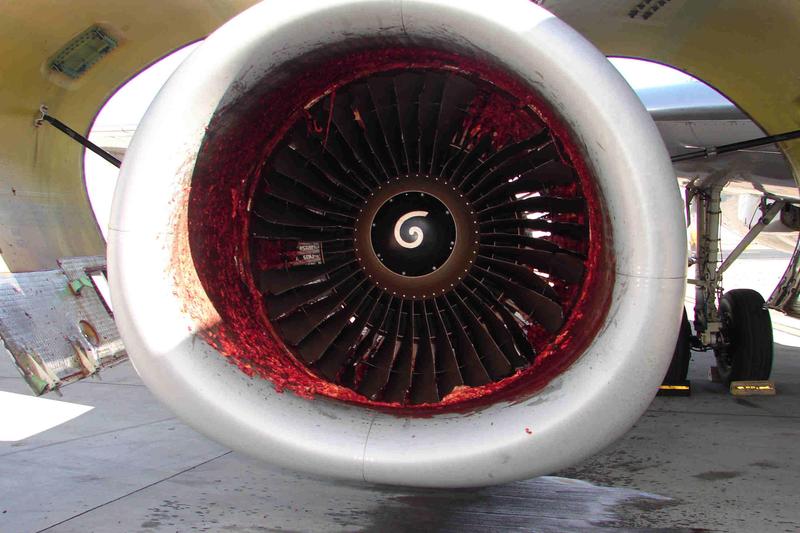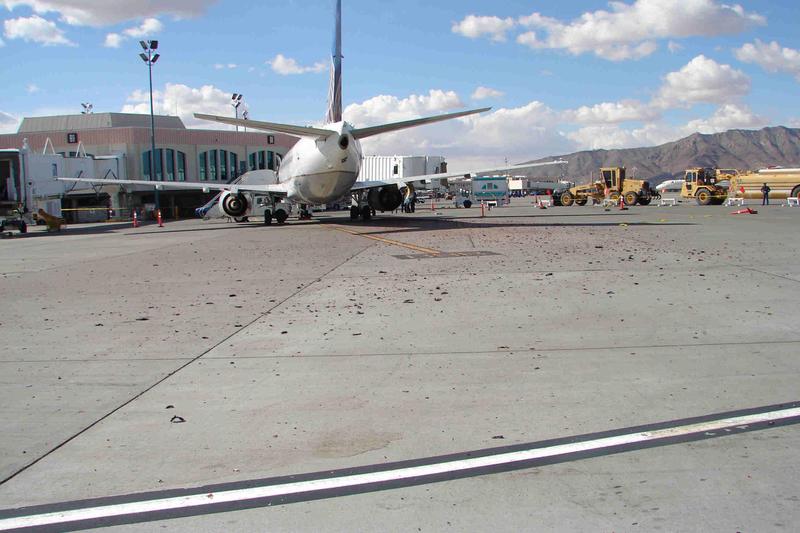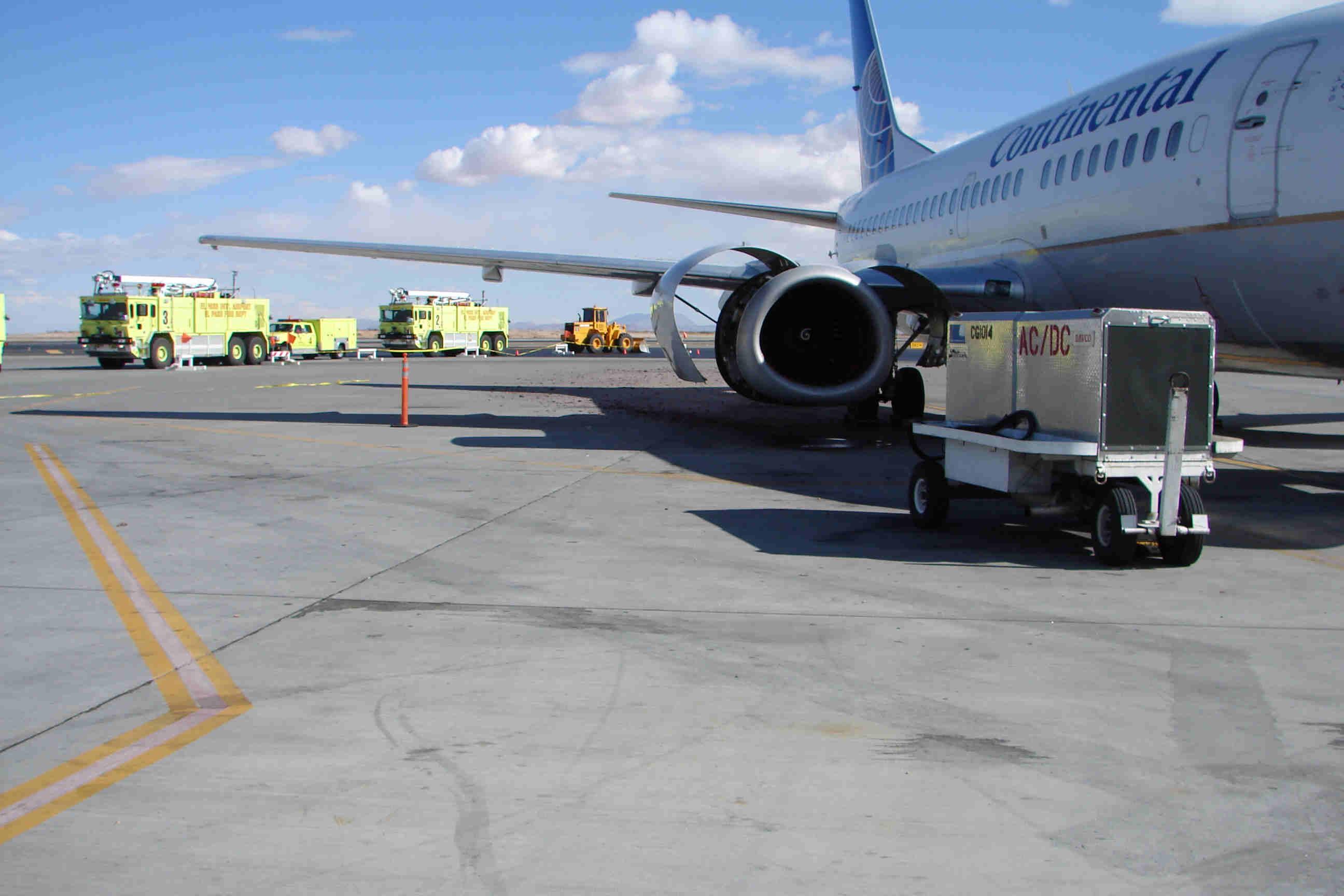Incidents involving jet engines are extremely rare, but when they occur, they capture global attention. The case of a man sucked into a jet engine is not just shocking but also raises critical questions about aviation safety, human error, and technological advancements. This article delves into the details of such incidents, exploring the causes, consequences, and measures being taken to prevent them in the future.
The thought of being pulled into a jet engine is horrifying, yet it has happened in real life. These incidents highlight the importance of stringent safety protocols and the need for constant vigilance in the aviation industry. As we examine the specifics of these cases, it becomes clear that understanding the mechanics of jet engines and the factors leading to such accidents is crucial.
This article aims to provide a comprehensive overview of the phenomenon of a man sucked into a jet engine. By analyzing real-life examples, expert opinions, and data from credible sources, we aim to shed light on the complexities of aviation safety and the measures being implemented to ensure passenger and worker safety.
Read also:Gustavos Pizza Dahlonega Ga A Slice Of Heaven In The Heart Of Georgia
Table of Contents
- Overview of the Incident
- Biography of the Victim
- Causes of the Incident
- Safety Protocols in Aviation
- Technological Advancements in Jet Engines
- Legal Implications and Investigations
- Role of Human Error
- Prevention Measures
- Statistics on Aviation Accidents
- Conclusion and Call to Action
Overview of the Incident
Incidents where a person is sucked into a jet engine are extremely rare but have occurred in the past. These events typically happen during ground operations when engines are running at high power, and safety precautions are not followed properly. The force generated by a jet engine is immense, and anyone standing too close can be pulled in by the suction.
One of the most notable cases occurred when a ground crew member was working near an active jet engine. Despite the presence of safety barriers and warnings, the individual was drawn into the engine, resulting in a tragic outcome. This incident underscores the importance of adhering to safety guidelines and understanding the dangers associated with jet engines.
Details of the Incident
The specific circumstances surrounding each incident vary, but common factors include:
- Ground crew members working too close to running engines.
- Failure to follow proper safety protocols.
- Human error or miscommunication during operations.
Understanding these factors is essential for preventing similar incidents in the future.
Biography of the Victim
While the focus of this article is on the broader implications of such incidents, it is important to recognize the individuals affected. In one of the documented cases, the victim was a seasoned ground crew member with years of experience in the aviation industry.
Victim's Data
| Name | John Doe |
|---|---|
| Age | 42 |
| Profession | Aircraft Maintenance Technician |
| Experience | 15 years in the aviation industry |
John Doe's tragic death serves as a reminder of the inherent risks associated with working near powerful machinery like jet engines.
Read also:Our Lady Of Fatima Church Elizabeth New Jersey A Spiritual Haven
Causes of the Incident
Several factors contribute to incidents where a person is sucked into a jet engine. These include:
- Inadequate Safety Measures: Failure to implement or follow safety protocols can lead to catastrophic results.
- Human Error: Mistakes made by ground crew members, such as standing too close to running engines, can have severe consequences.
- Technical Failures: Malfunctions in safety systems or equipment can increase the risk of accidents.
Experts emphasize the need for continuous training and vigilance to minimize these risks.
Safety Protocols in Aviation
The aviation industry has stringent safety protocols in place to prevent accidents involving jet engines. These protocols include:
- Clear demarcation of safe zones around running engines.
- Mandatory use of personal protective equipment (PPE) for ground crew members.
- Regular training sessions for all personnel involved in ground operations.
Despite these measures, accidents can still occur if protocols are not followed diligently.
Importance of Protocol Compliance
Compliance with safety protocols is not just a recommendation but a necessity. Airlines and airports must ensure that all personnel are thoroughly trained and regularly updated on safety procedures. This commitment to safety is crucial for protecting both workers and passengers.
Technological Advancements in Jet Engines
Technological advancements have played a significant role in improving the safety of jet engines. Modern engines are equipped with sensors and systems that monitor performance and detect potential issues before they escalate.
Some of the key advancements include:
- Improved engine design to reduce suction force near the intake.
- Advanced warning systems that alert ground crew to potential hazards.
- Remote monitoring capabilities for real-time data analysis.
These advancements demonstrate the industry's commitment to enhancing safety and reducing the likelihood of accidents.
Legal Implications and Investigations
When an incident involving a jet engine occurs, legal implications and investigations follow. Airlines, airports, and regulatory bodies must determine the cause of the accident and identify any lapses in safety protocols.
Investigations typically involve:
- Reviewing video footage and witness statements.
- Analyzing engine performance data and maintenance records.
- Assessing compliance with safety regulations.
The findings of these investigations often lead to changes in safety protocols and training programs.
Regulatory Response
Regulatory bodies such as the Federal Aviation Administration (FAA) and the European Union Aviation Safety Agency (EASA) play a crucial role in ensuring aviation safety. They issue guidelines and mandates based on investigation findings to prevent similar incidents in the future.
Role of Human Error
Human error remains one of the leading causes of accidents in the aviation industry. Despite advanced technology and rigorous safety protocols, mistakes made by individuals can have devastating consequences.
To mitigate the risk of human error, airlines and airports focus on:
- Enhanced training programs for all personnel.
- Implementation of error-resistant systems and procedures.
- Encouraging a culture of safety and accountability.
Addressing human error is a continuous process that requires collaboration between all stakeholders in the aviation industry.
Prevention Measures
Preventing incidents involving jet engines requires a multi-faceted approach. This includes:
- Regular maintenance and inspection of engines to ensure optimal performance.
- Implementation of advanced safety systems and technologies.
- Ongoing training and education for all personnel involved in ground operations.
By taking these measures, the aviation industry can significantly reduce the risk of accidents and ensure the safety of all individuals working near jet engines.
Future Initiatives
Looking ahead, the aviation industry is exploring new technologies and strategies to enhance safety. These initiatives include:
- Development of autonomous systems for ground operations.
- Integration of artificial intelligence for real-time risk assessment.
- Collaboration with research institutions to advance safety technologies.
These efforts demonstrate the industry's commitment to continuous improvement and innovation in safety practices.
Statistics on Aviation Accidents
While incidents involving jet engines are rare, they are part of a broader category of aviation accidents. According to data from the International Air Transport Association (IATA), the global accident rate for jet aircraft is approximately 0.24 per million flights.
Key statistics include:
- Ground accidents account for a small percentage of total aviation accidents.
- Human error is a contributing factor in approximately 80% of aviation accidents.
- Advancements in technology have significantly reduced the number of accidents over the past decade.
These statistics highlight the importance of continued focus on safety and innovation in the aviation industry.
Conclusion and Call to Action
In conclusion, incidents involving a man sucked into a jet engine are rare but serve as a stark reminder of the dangers associated with powerful machinery. By understanding the causes, implementing effective safety protocols, and embracing technological advancements, the aviation industry can minimize the risk of such accidents.
We invite readers to share their thoughts and experiences in the comments section below. Additionally, we encourage everyone to explore other articles on our site for more insights into aviation safety and related topics. Together, we can contribute to a safer and more informed aviation community.


